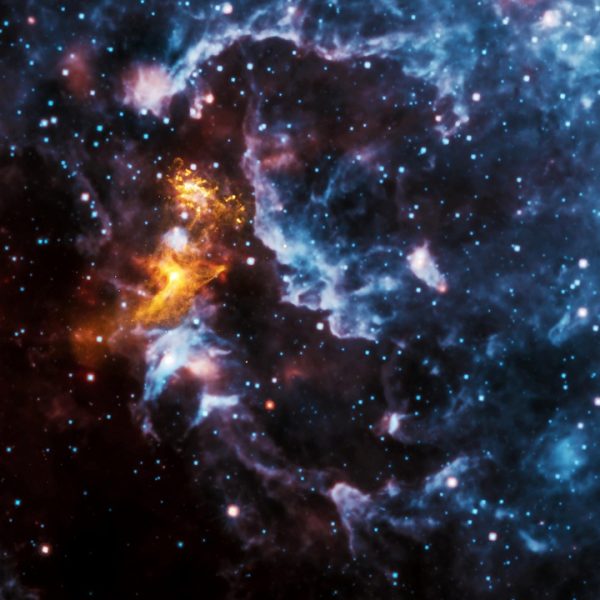When your computer glitches, the screen might freeze up for a few seconds before rapidly skipping ahead to correct itself. When a neutron star glitches, much the same thing happens — except, in this case, the screen is a swirling magnetic field 3 trillion times the size of Earth’s.
Neutron stars — dense, quick-spinning corpses of once-giant stars that pack about 1.5 times the mass of the sun into a ball with a diameter about as long as Manhattan — are always baffling. But the roughly 5% of neutron stars that are known to “glitch,” or suddenly spin faster for no apparent reason before slowing to their normal speed, are especially odd.
What causes some neutron stars to reliably glitch out for a few seconds every few years, while others seemingly never fall out of step? Scientists have come up with a dozen different models to try and answer this question but are still light-years away from a consensus. Now, a paper published yesterday (Aug. 12) in the journal Nature Astronomy reanalyzes a 2016 star glitch to provide a fresh perspective on the phenomenon — and the new approach involves soup…
The study authors said these distinct phases suggest that neutron stars have three internal components that contribute to a glitch: a rigid crust of ions connected in a lattice pattern, a roiling “soup” of freely floating neutrons forming the star’s fluid inner crust, and a hyper-dense core made of protons, neutrons and possibly more exotic particles.



